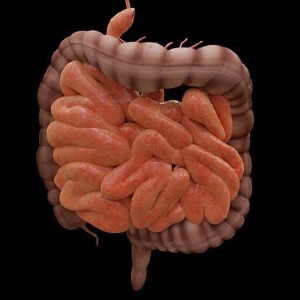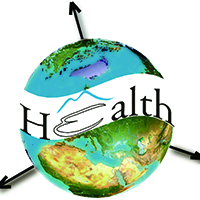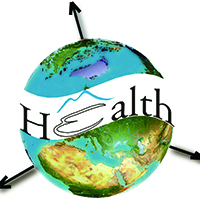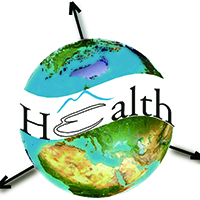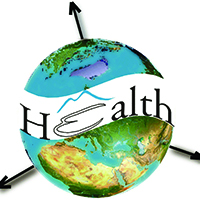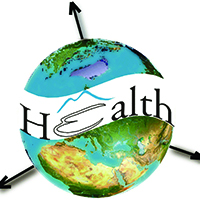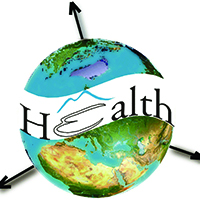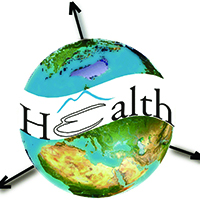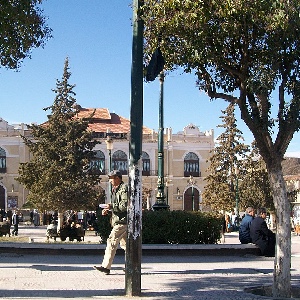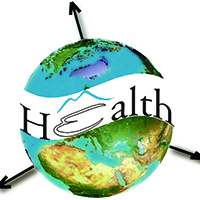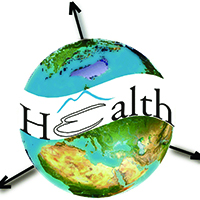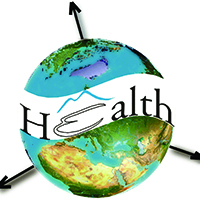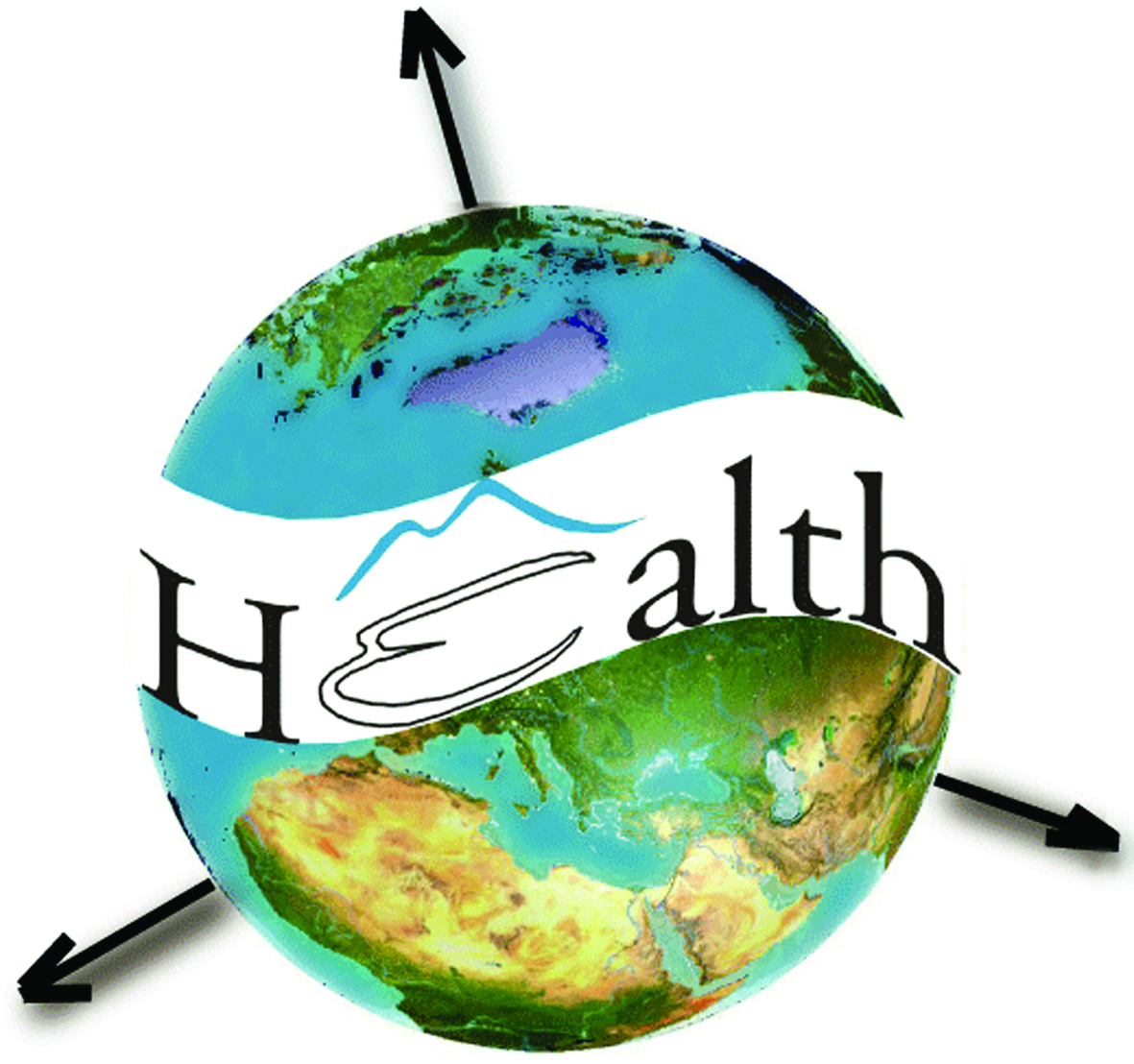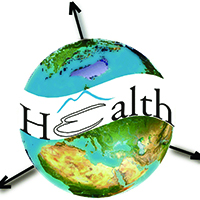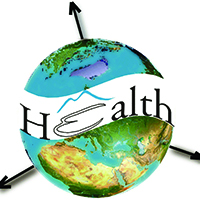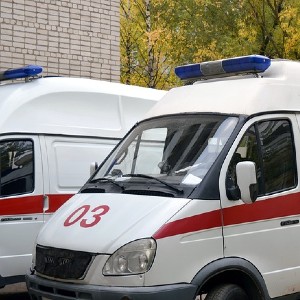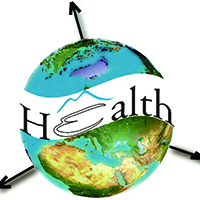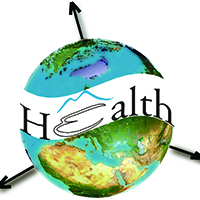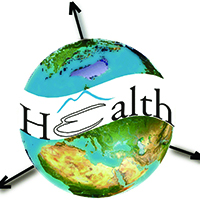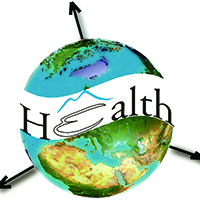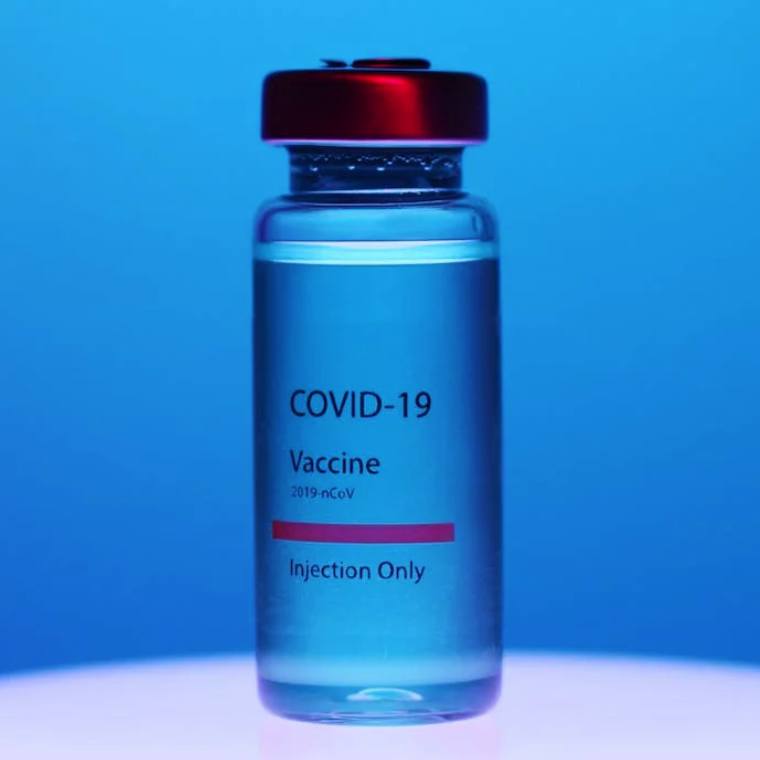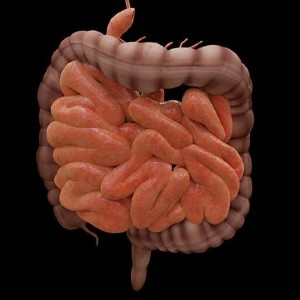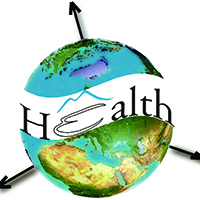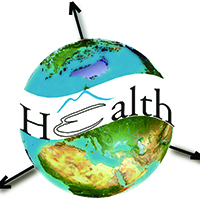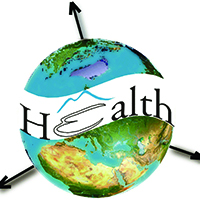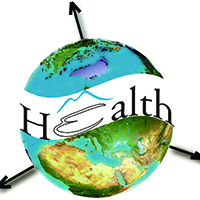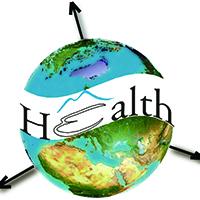FOR AUTHORS
Search
Search Results
##search.searchResults.foundPlural##
-
Optimizing allocation of colorectal cancer screening hospitals in Shanghai: a geospatial analysis
1746PDF: 872Supplementary Materials: 104HTML: 20 -
Local healthcare resources associated with unmet healthcare needs in South Korea: a spatial analysis
1756PDF: 431Supplementary materials: 151HTML: 95 -
Dynamic location model for designated COVID-19 hospitals in China
876PDF: 275Supplementary Materials: 131HTML: 70 -
Access to the COVID-19 services during the pandemic - a scoping review
2129PDF: 589Appendix: 255HTML: 100 -
Spatial accessibility to basic public health services in South Sudan
8208PDF: 2442APPENDIX: 5831HTML: 1119 -
Detection of spatial aggregation of cases of cancer from data on patients and health centres contained in the Minimum Basic Data Set
1615PDF: 823SUPPLEMENTARY: 355HTML: 132 -
On the geographic access to healthcare, beyond proximity
1967PDF: 704HTML: 52 -
Spatial patterns of the total mortality over the first 24 hours of life and that due to preventable causes
957PDF: 458Appendix: 117HTML: 21 -
Haemodialysis services in the northeastern region of Iran
3984PDF: 1101HTML: 902 -
Spatial and spatio-temporal clusters of lung cancer incidence by stage of disease in Michigan, United States 1985-2018
6318PDF: 928Supplementary Materials: 108HTML: 82 -
Assessing spatial patterns of HIV prevalence and interventions in semi-urban settings in South Africa. Implications for spatially targeted interventions
1971PDF: 495Supplementary 1: 106Supplementary 2: 256HTML: 145 -
Spatial autocorrelation and heterogenicity of demographic and healthcare factors in the five waves of COVID-19 epidemic in Thailand
1237PDF: 715Supplementary Materials: 100HTML: 25 -
Investigating local variation in disease rates within high-rate regions identified using smoothing
471PDF: 326Supplementary Materials: 83HTML: 12 -
Where to place emergency ambulance vehicles: use of a capacitated maximum covering location model with real call data
2479PDF: 726Supplementary Materials: 135HTML: 78 -
Geographical accessibility to healthcare by point-of–interest data from online maps: a comparative study
1032PDF: 282Supplementary Materials: 79HTML: 11 -
Association of socioeconomic indicators with COVID-19 mortality in Brazil: a population-based ecological study
1669PDF: 721Supplementary Materials: 88HTML: 33 -
COVID-19, air quality and space monitoring
1528PDF: 450HTML: 20 -
Spatial clustering of colorectal cancer in Malaysia
1352PDF: 615HTML: 10 -
A spatio-temporal study of state-wide case-fatality risks during the first wave of the COVID-19 pandemic in Mexico
1294PDF: 371Appendix: 193HTML: 28 -
Identifying counties vulnerable to diabetes from obesity prevalence in the United States: a spatiotemporal analysis
2525PDF: 1191APPENDIX: 410HTML: 1128 -
Assessing the effects of air temperature and rainfall on malaria incidence: an epidemiological study across Rwanda and Uganda
6001PDF: 2155Appendix: 564HTML: 3253Appendix: 214 -
Flexible scan statistic with a restricted likelihood ratio for optimized COVID-19 surveillance
649PDF: 194Supplementary Materials: 94HTML: 22 -
Spatial variations of COVID-19 risk by age in Toronto, Canada
854PDF: 359Appendix: 152HTML: 117





